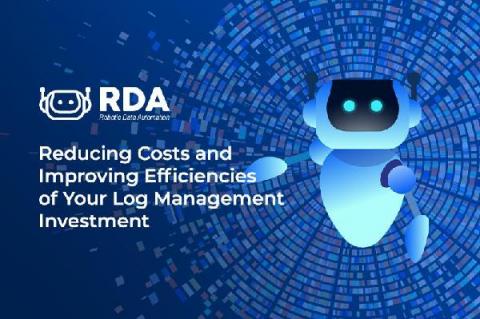Five Reasons Why Speed is Important in Cybersecurity
Usually, when it comes to cybersecurity spending, people tend to try to calculate risk, savings on breach costs, compliance gaps, reputation costs. Those are all very relevant, but it turns out that for the business, one of the most important aspects of cybersecurity is speed. Below are five different aspects of speed by which a cybersecurity solution (e.g. a SIEM) should be evaluated.











